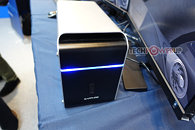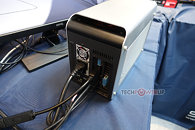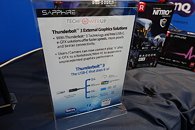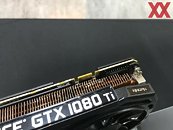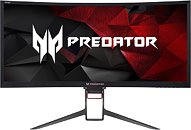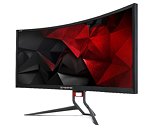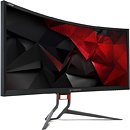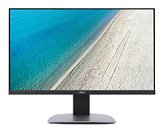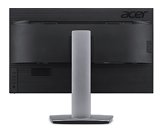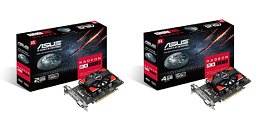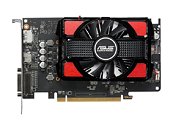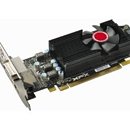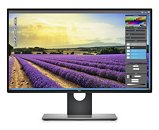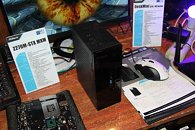
Club 3D Announces 2 New Video Splitters With 2x 4K @ 60Hz Support
Club 3D is proud to announce the next generation of SenseVision video splitters today with the introduction of two brand new splitters, CSV-1474 (USB-A to HDMI 2.0 Dual Monitor 4K 60Hz) and CSV-1477 (USB-A to DP 1.2 Dual Monitor 4K 60Hz) with this press release.
Former generation video splitters or USB graphic adapters based on USB 3.0 or 3.1 suffered from a limitation of 30 Hz if you were aiming at using the highest resolutions like 3840 x 2160 (4K). The latest developments from DisplayLink make it possible now that with CSV-1474 and CSV-1477 the resolutions can be taken to a new level. Not only one time 4K60Hz is possible, both splitters offer Dual Monitor functionality and each of the outputs can offer 4K 60Hz. The only requirement is to have a free USB Type A 3.1 Gen 1 socket in your device. The two new SenseVision products are powered by DisplayLink 6950 SoC. Our new future-proof products will be ready for shipment on June 30th. Wide availability of the products in the market we expect in the first week of July.
Former generation video splitters or USB graphic adapters based on USB 3.0 or 3.1 suffered from a limitation of 30 Hz if you were aiming at using the highest resolutions like 3840 x 2160 (4K). The latest developments from DisplayLink make it possible now that with CSV-1474 and CSV-1477 the resolutions can be taken to a new level. Not only one time 4K60Hz is possible, both splitters offer Dual Monitor functionality and each of the outputs can offer 4K 60Hz. The only requirement is to have a free USB Type A 3.1 Gen 1 socket in your device. The two new SenseVision products are powered by DisplayLink 6950 SoC. Our new future-proof products will be ready for shipment on June 30th. Wide availability of the products in the market we expect in the first week of July.










